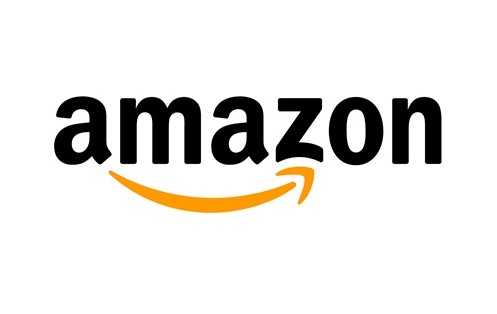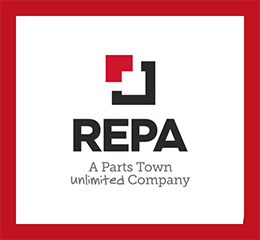NEW YORK, U.S. — Amazon ‘s food and beverage category has posted $4.75 billion in sales thus far in 2018 and is the online retailer’s fastest growing segment. A growing number of companies are working to stake their claim in the online giant’s coffee marketplace, for good reason: coffee is the most popular subset of Amazon’s food and beverage category.
According to Edge Market Share, coffee sales on Amazon have totaled more than $140 million so far this year, and with the trend consistently moving up, the numbers for companies selling on the site are likely to increase as well.
Starbucks Corp. (NASDAQ: SBUX), Keurig Dr. Pepper, Inc. (NASDAQ: KDP), and Nestle (OTC: NSRGY) were the top three sellers of coffee on Amazon in 2018, with year-to-date sales totaling more than $16.8 million, $12.6 million, and $11.2 million, respectively.
The J.M. Smucker Company (NYSE: SJM) has also been focusing on increasing its presence in the premium and single-serve coffee space.
Online grocery sales are expected to reach $100 billion by 2025, with Amazon’s market share of the industry only expected to grow. Coffee sales will be a significant part of that growth.
A Growing Sector
Amazon’s grocery sector in many ways remains the Wild West of online retail, with near-unlimited potential and opportunity for growth. Edge Market Share reported that in 2017 Amazon owned an 18 percent share of the U.S. online grocery market.
In 2018, that number has already jumped by more than 30 percent, with a particular focus on the online coffee space.
Starbucks Corp. claimed 12 percent share of Amazon’s total first-party coffee sales. The company’s sales for key coffee items nearly tripled in size since last year, putting it in the top spot in the category in 2018. A premier roaster and retailer of specialty coffee worldwide, Starbucks is also exploring other avenues of delivering its coffee to consumers. The company recently announced that by early next year, nearly a quarter of its more than 8,000 company-operated U.S. stories will offer Starbucks Delivers via Uber Eats.
Earlier this year, Keurig Green Mountain and Dr. Pepper Snapple Group announced a merger, creating the seventh-largest company in the U.S. food and beverage section and the third-largest beverage company in North America. The resulting company, Keurig Dr. Pepper, Inc. (NASDAQ: KDP), produces the Green Mountain Coffee brand, which garnered 9 percent of Amazon’s burgeoning online coffee sales. In addition to online coffee sales, the company markets the top single-serve coffee brewing system in the country.
Nestlé (OTC: NSRGY) produces the Nespresso brand, which ranked third on Amazon’s list with 8 percent of the online retailer’s sales. Nestlé works with more than 75,000 farmers in 12 countries through its AAA Sustainable Quality™ Program to embed sustainability practices on farms and the surrounding landscapes. Launched in 2003 in collaboration with The Rainforest Alliance, the program helps to improve the yield and quality of harvests, ensuring a sustainable supply of high-quality coffee and improving livelihoods of farmers and their communities.
J.M. Smucker Company (NYSE: SJM) has been working on increasing its presence in the premium and single-serve coffee space. Earlier this year, the company unveiled one of its most significant coffee growth initiative to date: a new line of premium coffees designed to strengthen its position in the fastest growing market segments and serve as a broad platform for future growth and innovation. The new line, 1850, draws on the rich heritage of The Folger Coffee Company, which was founded during the 1850’s Gold Rush in California. The company hopes the line of coffee will appeal not only to traditional Folgers drinkers but to a younger generation of consumers that generally prefers richer coffee blends.










